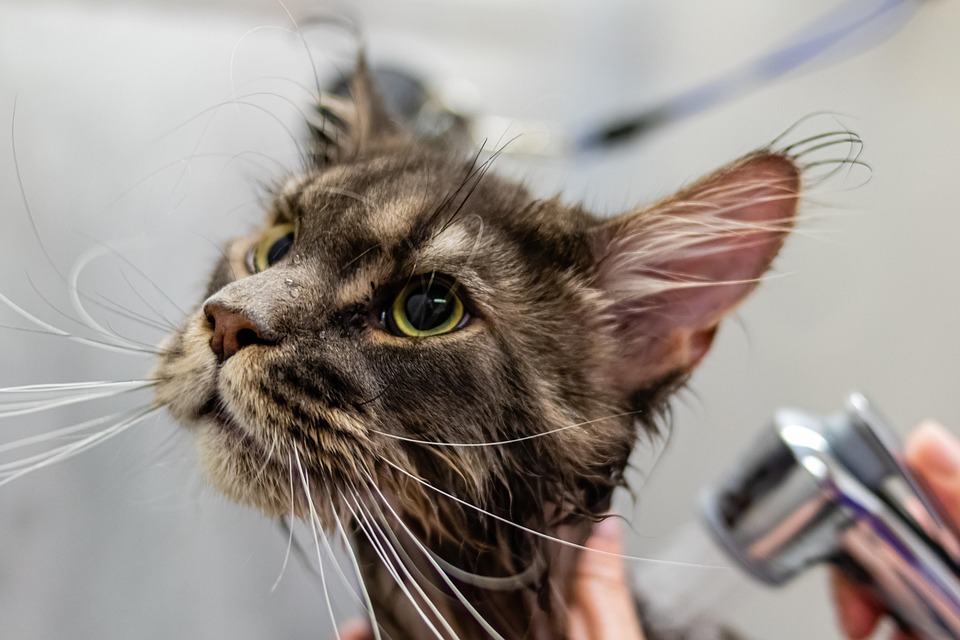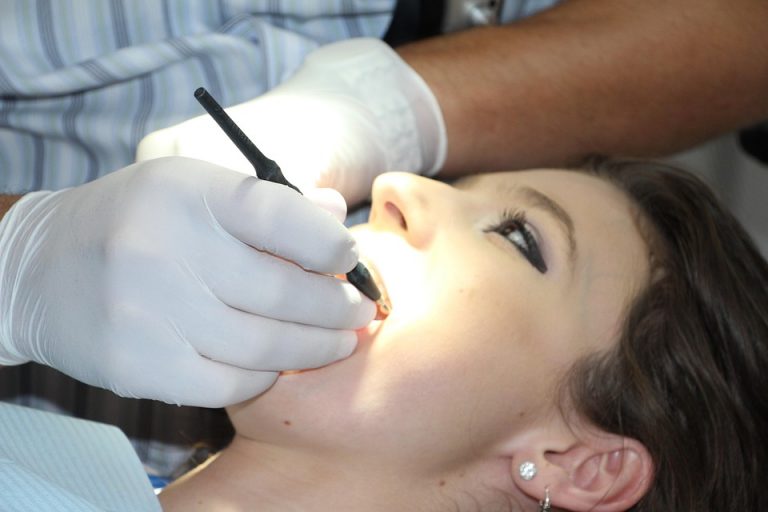Pet grooming tips [1] are small rituals that change everything: cleaner skin, fewer mats, fewer trips to the vet, and a calmer life with your animal. Think of grooming as insurance for comfort and health. It’s not a chore if it saves you time and worry later.
Good grooming does more than make your pet look handsome. It catches skin problems early, reduces household shedding, and helps prevent painful ear or nail issues. Experts at Cornell Veterinary College and the American Veterinary Medical Association emphasize that regular grooming supports long-term health, so these routines are worth your few minutes each week.
Contents
- 7 Easy Pet Grooming Tips For Busy Owners [2]
- Easy Grooming Routines You Can Start Tonight
- How To Make Grooming Less Stressful For Skittish Pets
- Smart Grooming Saves Money And Reduces Vet Visits
- Quick Fixes For Common Problems
- Tools And Products Worth The Investment
- When Health Issues Hide Behind Grooming Problems
- Your Bond Grows With Every Brush Stroke
- Bottom Line (H3) Bottom Line
- FAQ
7 Easy Pet Grooming Tips For Busy Owners [2]
I wrote these for people who juggle real lives: work, kids, deadlines, and the insistence of a furball on the couch. These steps are quick, practical, and proven. You’ll get measurable benefits—less fur on your clothes, fewer flea fights, and more relaxed grooming sessions.
Start Small, Stay Consistent
Begin with five minutes. Set a timer and commit. A five-minute brush and ear check twice a week beats a three-hour wrestling match when the fur gets out of control.
Consistency is the magic here. A short, regular habit prevents mats and keeps your pet used to handling. Dogs and cats learn that grooming equals safety and attention, not punishment. That’s why behaviorists recommend slow, calm introductions to grooming gear before full sessions.
Choose Tools That Fit The Job
A shiny tool won’t help if it’s wrong for your pet. Match brushes and combs to coat type: slicker brushes for long or curly coats, bristle brushes for short coats, and deshedding tools if your animal sheds heavily.
Invest in these essentials:
- A quality slicker brush
- A stainless-steel comb
- Nail clippers or grinder
- Ear-cleaning solution recommended by your vet
Good tools make grooming faster and less stressful. I’ve saved hours by swapping a painful cheap clipper for a quiet, efficient grinder that my terrier tolerates without panic.
Make Bath Time Work For You And Your Pet
Most pets don’t need constant bathing. Overbathing strips natural oils, according to veterinary dermatology literature. For many dogs, a bath every 4–8 weeks is enough; cats usually handle cleanliness themselves unless they’re elderly or have skin issues.
When you bathe:
- Use lukewarm water.
- Pick a gentle, pH-balanced shampoo.
- Rinse thoroughly to avoid residue that can irritate skin.
Turn bath time into a routine: towel, treat, calm praise. That sequence trains your pet to expect something pleasant afterward.
Turn Nail Care Into A Five-Minute Habit
Long nails lead to pain and altered gait. You don’t have to trim every week. Instead, check nails weekly and clip or grind small amounts. If your dog or cat resists, break it into tiny sessions: touch paws, then lift, then clip one nail and reward.
If you’re nervous about bleeding the quick, use a grinder instead of clippers; it’s slower but far less risky. Many groomers and vet nurses offer short demos—watching a professional once will save you anxiety and time.
Check Ears, Eyes, And Teeth Regularly
Ears and eyes can show trouble early. Look for redness, odor, or discharge. Clean gently with a vet-approved solution if you notice wax buildup. For dental health, daily brushing is ideal, but even three times a week dramatically reduces tartar. Use a pet toothbrush and toothpaste formulated for animals.
Research from veterinary dental studies shows consistent brushing lowers the risk of gum disease, which links to systemic problems like heart and kidney disease. A little maintenance now prevents far worse problems later.
Tackle Mats And Shedding Proactively
Mats are painful; they trap moisture and harbor skin infections. The moment you find a tangle, deal with it. For small mats, hold the fur close to the skin, and gently work out the knot with a mat splitter or comb. For big mats, a professional groomer or vet may need to remove them safely.
Shedding control depends on routine brushing. Use a deshedding tool seasonally, and keep a lint roller handy for quick touch-ups. You’ll breathe easier and save on laundry.
Know When To Call A Pro Or The Vet
Some things aren’t DIY. Severe mats, recurrent skin infections, chronic ear issues, or sudden behavior changes during grooming require professional help. Groomers and veterinarians are your partners. Finding a groomer who understands fear-free handling and a vet who listens will save you time, money, and heartbreak.
I lean on the expertise of groomers and vets. They’ve seen everything and will tell you what truly requires professional tools versus what you can manage at home.
Easy Grooming Routines You Can Start Tonight
Here’s a simple weekly schedule that takes 15–20 minutes total and keeps you ahead of problems:
- Quick daily brush (5 minutes) to catch loose fur and check skin.
- Weekly nail check and grind/trim (5 minutes).
- Bath or targeted clean-up once every month, unless your vet recommends otherwise.
- Ear and eye check during the nightly cuddle.
Short, predictable routines create calm. Pets learn what’s coming and so will you.
How To Make Grooming Less Stressful For Skittish Pets
Fear turns grooming into chaos. The secret: predictability and reward.
- Use a quiet voice and slow movements.
- Offer treats frequently.
- Desensitize with touch and short sessions, building up time gradually.
- Consider calming pheromone sprays or vet-recommended supplements if anxiety is severe.
Behavioral science supports small, repeated exposures rather than intense, infrequent sessions. You’ll get cooperation faster and with less drama.
Smart Grooming Saves Money And Reduces Vet Visits
The math is simple: a few dollars on a good brush and 15 minutes a week equal fewer costly vet visits. Studies shared by veterinary colleges show early detection of skin and ear problems reduces long-term costs. Grooming is preventative care—cheap, effective, and kind.
Quick Fixes For Common Problems
Here are fast answers to problems that crop up:
- Smelly ears: clean gently with a vet-formulated solution and watch for recurrence.
- Excessive scratching: check for fleas, dry skin, or allergies—your vet can help.
- Paw pads dry or cracked: use a pet-safe balm and avoid hot pavement.
These are practical moves you can make tonight to ease discomfort for your pet.
Tools And Products Worth The Investment
You don’t need everything, but these are smart buys:
- A quiet rotary grinder: less stress than clippers.
- A good slicker brush: works wonders on long coats.
- A gentle, vet-approved shampoo: prevents irritation.
- A safe ear cleaner and dental kit.
Quality beats quantity. Buy once, and use for years.
When Health Issues Hide Behind Grooming Problems
Sometimes grooming reveals deeper problems. Hair loss, persistent odor, or repeated infections often point to allergies, endocrine issues, or parasites. If grooming fixes don’t help, your veterinarian is the person to consult. Early diagnosis means easier treatment.
Trust your instincts. If something about your pet’s coat, skin, or behavior seems off, get professional advice.
Your Bond Grows With Every Brush Stroke
Grooming is an act of care. It’s quiet, hands-on time that builds trust. When you groom with calm, confidence, and a gentle hand, you teach your pet that touch is safe and good. That bond is worth the effort alone.
Bottom Line (H3) Bottom Line
Grooming doesn’t need to be a marathon. With the right tools, five-minute habits, and an eye for problems, you’ll protect your pet’s comfort and health. These pet grooming tips give you the simplest, most effective path to a cleaner home and a happier companion. Start small, stay consistent, and let grooming be quiet care that strengthens your bond.
Be brave and try one tip tonight—your pet will thank you with calmer behavior and a softer coat.
FAQ
How Often Should I Brush My Pet? (H4)
Brush frequency depends on coat type. Short-coated pets benefit from brushing twice weekly; long-coated breeds often need daily attention to prevent mats. Even a five-minute daily touch helps.
Can I Use Human Shampoo On My Pet? (H4)
No. Human shampoos are too alkaline for pets and can strip natural oils. Choose a pet-formulated shampoo or one recommended by your veterinarian for skin-sensitive animals.
What If My Pet Hates Nail Trims? (H4)
Break it into tiny sessions: touch paws, lift each paw, reward frequently. A grinder is gentler than clippers. Ask a groomer or vet for a quick demo to build your confidence.
When Should I Seek Professional Grooming Or Veterinary Care? (H4)
If mats are extensive, if you see persistent skin infections, or if your pet shows pain during grooming, seek professional help. Recurrent problems often need a vet’s diagnosis.
—
References (bold)
- Cornell University College of Veterinary Medicine provides guidance on routine grooming and its health benefits (http://www.vet.cornell.edu).
- The American Veterinary Medical Association explains preventive care, including grooming’s role in health maintenance (http://www.avma.org).
- The Centers for Disease Control and Prevention covers zoonotic risks and safe pet handling practices (http://www.cdc.gov).








